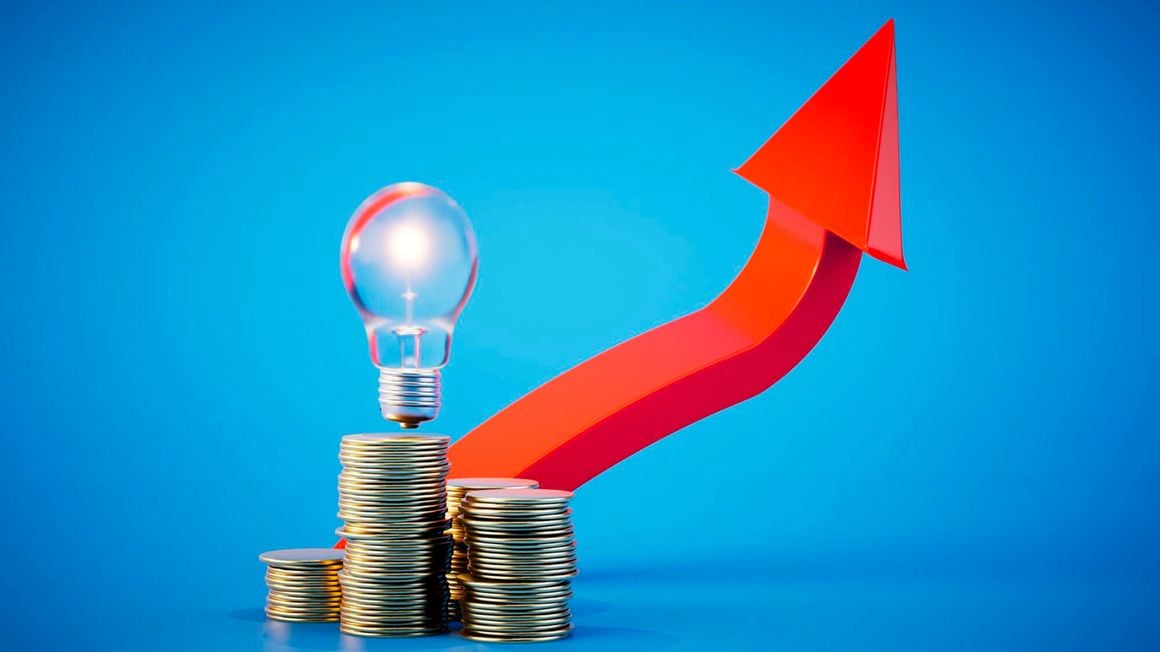Business
Middle Class People to Spend Ksh 2.7bn more on Electricity

After being the hardest hit by the new electricity tariffs that also eliminated subsidies, middle-class households and small commercial power consumers in Kenya will start spending at least Sh2.7 billion more on power each month as of the following week.
The middle class, who consume between 31 units and above with the steepest increase in prices, along with small commercial consumers, will be hit by the new tariffs that the Energy and Petroleum Regulatory Authority (Epra) approved on Friday to protect Kenya Power from financial distress.
Beginning the following week, the new tariffs will result in an average 15%–20% increase in electricity prices, preparing consumers for higher prices for manufactured goods.
Based on a conservative average monthly rate of 596.46 million units, the new tariffs will cause consumers to pay at least Sh32.43 billion more in consumption charges in a year overall.
Additionally, Epra raised the base consumption fee for lifeline customers—those who consume 30 units or less per month—from Sh10 to Sh12.22.
The new tariffs will be in effect for three years, or until June 2026, in violation of President William Ruto’s earlier pledge that power prices wouldn’t rise this year.
Additionally, Epra reduced the life-line consumption band for domestic and small-business customers from 100 kWh per month to 30 kWh.
“The financial policy objective aims to ensure the short-term and long-term financial viability of sector utilities. The objective is to ensure that utilities operate without distress and are provided with the capacity to meet growing energy demand,” Epra Director General Daniel Kiptoo said.
At least 10% of the extra billions will go to Kenya Power each year, which will help the utility upgrade its aging transmission line and expand its grid.
The Kenya Electricity Transmission Company (Ketraco) and the Rural Electrification and Renewable Energy Corporation (Rerec), two other energy-related utilities, will split the billions for operations and capital costs.
The biggest losers are the middle class and small businesses, whose consumption ranges from 31 to 100 kWh, as their tariffs have increased by 19% to Sh26.10 per unit and Sh26.22 per unit, respectively.
But under the new tariffs, large businesses and industries received a reduction of Sh1.15 per unit. According to Epra, even this small decrease will prevent Kenya from further losing its competitiveness in terms of power costs.
Kenya Power does not keep any of the surcharges, such as the foreign adjustment and fuel cost charge; instead, they are used to cover hard currency losses and pay the thermal power producers.
In order to meet peak demand and fill gaps created when the share of power coming from hydro sources decreases due to low water levels, Kenya Power uses electricity from thermal plants.
The new rates are a little bit less expensive than the ones that Kenya Power had asked Epra to approve.
The tariff approved by Epra will result in an increase in electricity prices of up to 63 percent rather than the up to 78 percent requested by Kenya Power.
In October of last year, Kenya Power on behalf of the energy sector utilities submitted the proposed tariffs to Epra.
The law mandates that electricity tariffs be reviewed every three years, but this has been sporadic, with Epra delaying rates or lowering them in accordance with the State’s efforts to lessen the pressure of inflation on consumers.
In the past five years, Epra has approved two reviews of electricity tariffs, the most recent being in 2018.
The 2018 tariff review caused Kenya Power to lose Sh6.438 billion in revenue annually, dimming its efforts to upgrade its aging lines and take on other projects while also escalating the financial difficulties of other energy utilities.
The new tariffs will only make matters worse for many households already struggling with inflation that is out of control and recently increased to 9.2 percent from 9.0 percent—the first increase since October last year.
Because manufacturers depend on electricity for their operations, the price of electricity plays a significant role in determining the inflation rate of the nation.
They increase the price of their products and pass on higher power costs to consumers.
From July 2024, the tariffs are anticipated to gradually decrease, easing pressure on homes and businesses while also enhancing Kenya’s business competitiveness.
“The tariffs will start dropping in the second period of the control period because by then Kenya Power and other utilities will not be facing capital-intensive projects that need huge funding and we expect customers to increase,” Epra said.
As of December, of last year, Kenya Power had 9.01 million customers, with plans to increase that number in the upcoming years.
The extra billions will provide the State-owned power distributor with some relief at a time when it is struggling to make ends meet due to losses attributed to the depreciating shilling and the 15 percent tariff cut that was gazetted in January of last year.
Kenya Power reported a net loss of Sh1.1 billion for the six months that ended in December of last year, down from a net profit of Sh3.82 billion during the same time in 2021.








